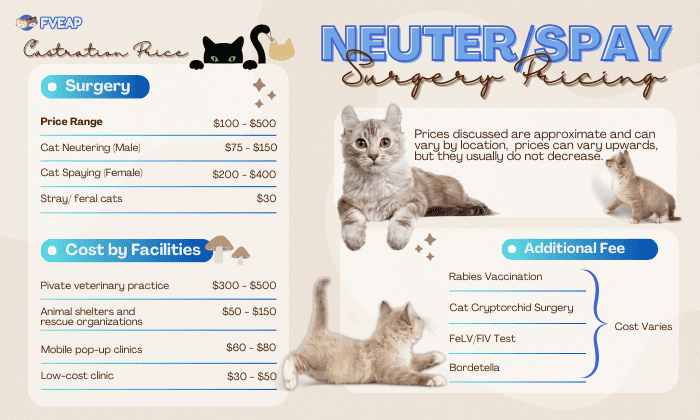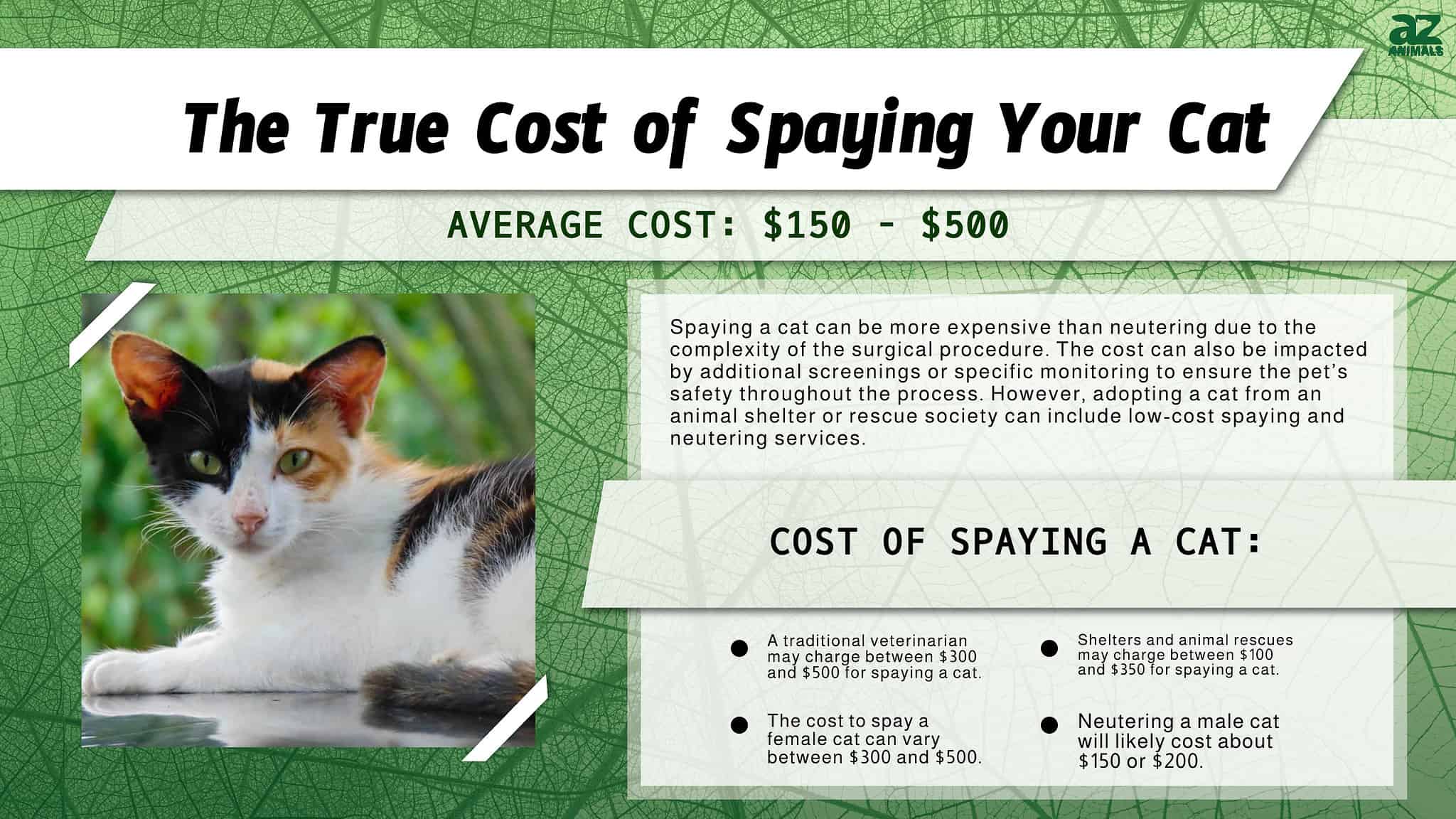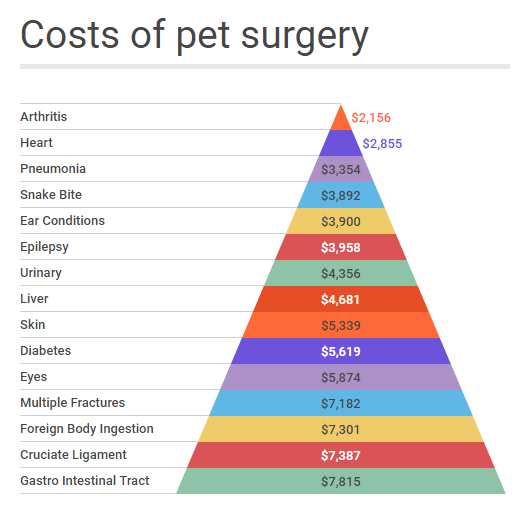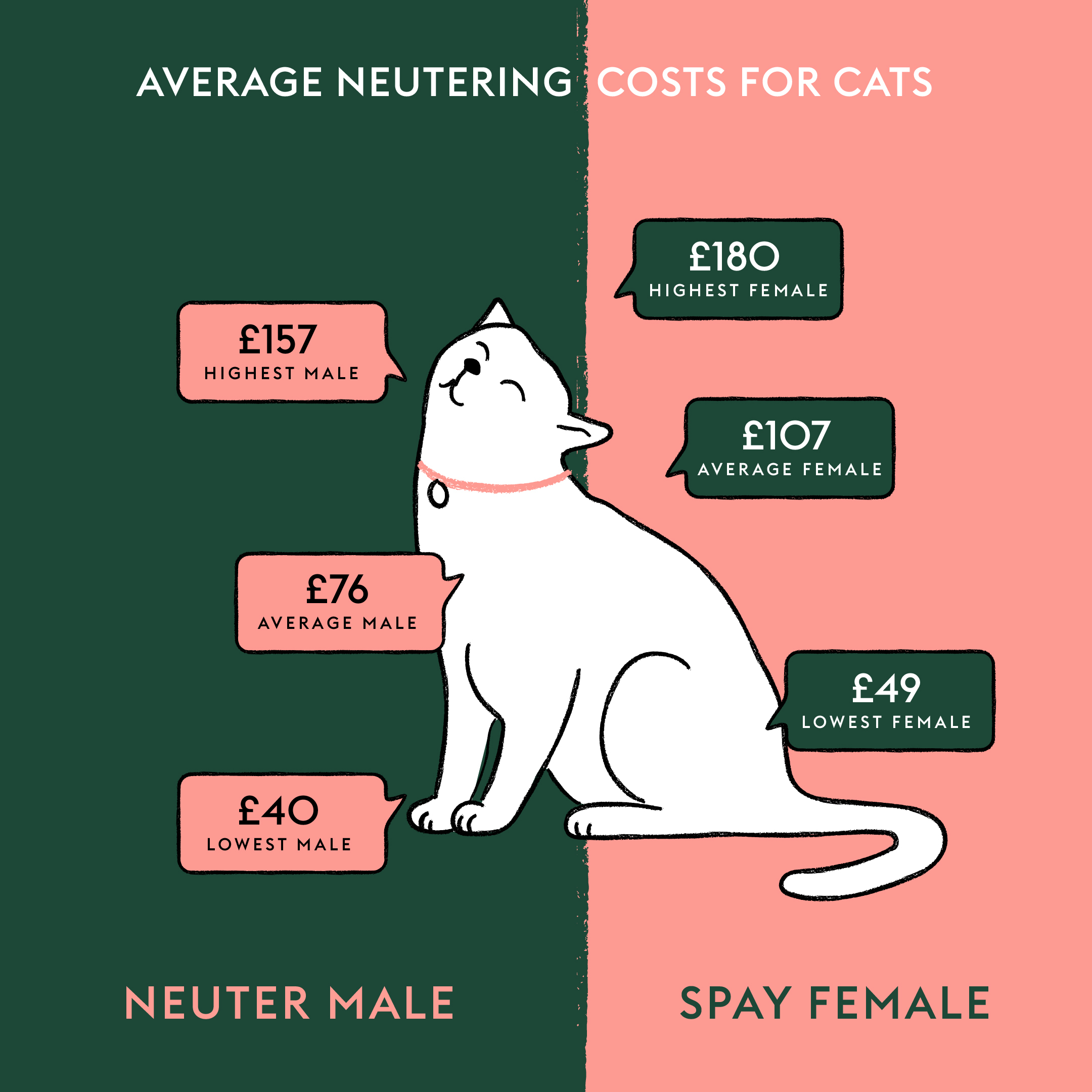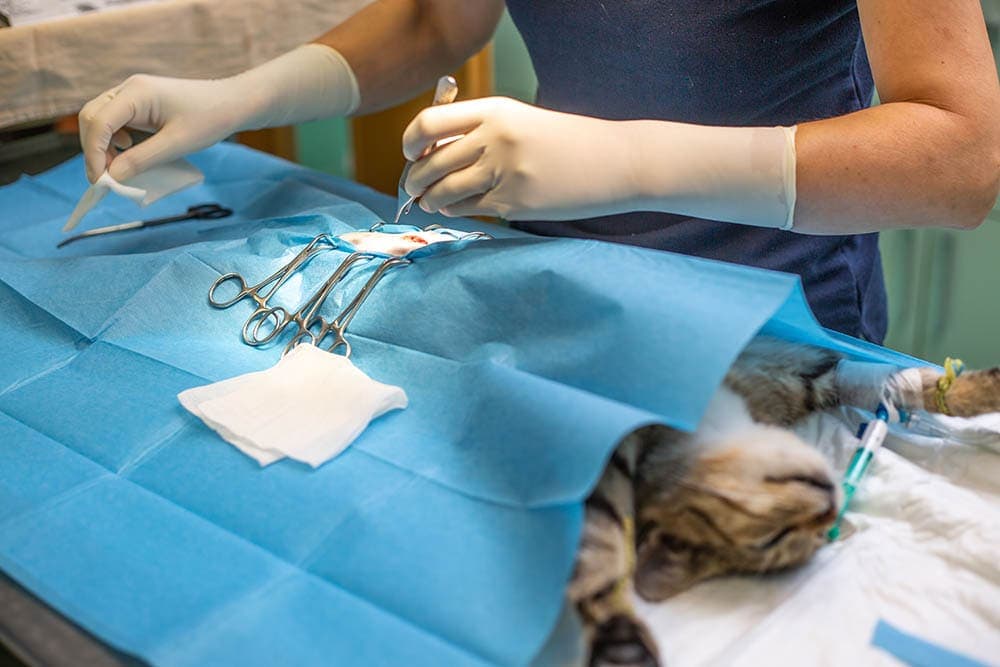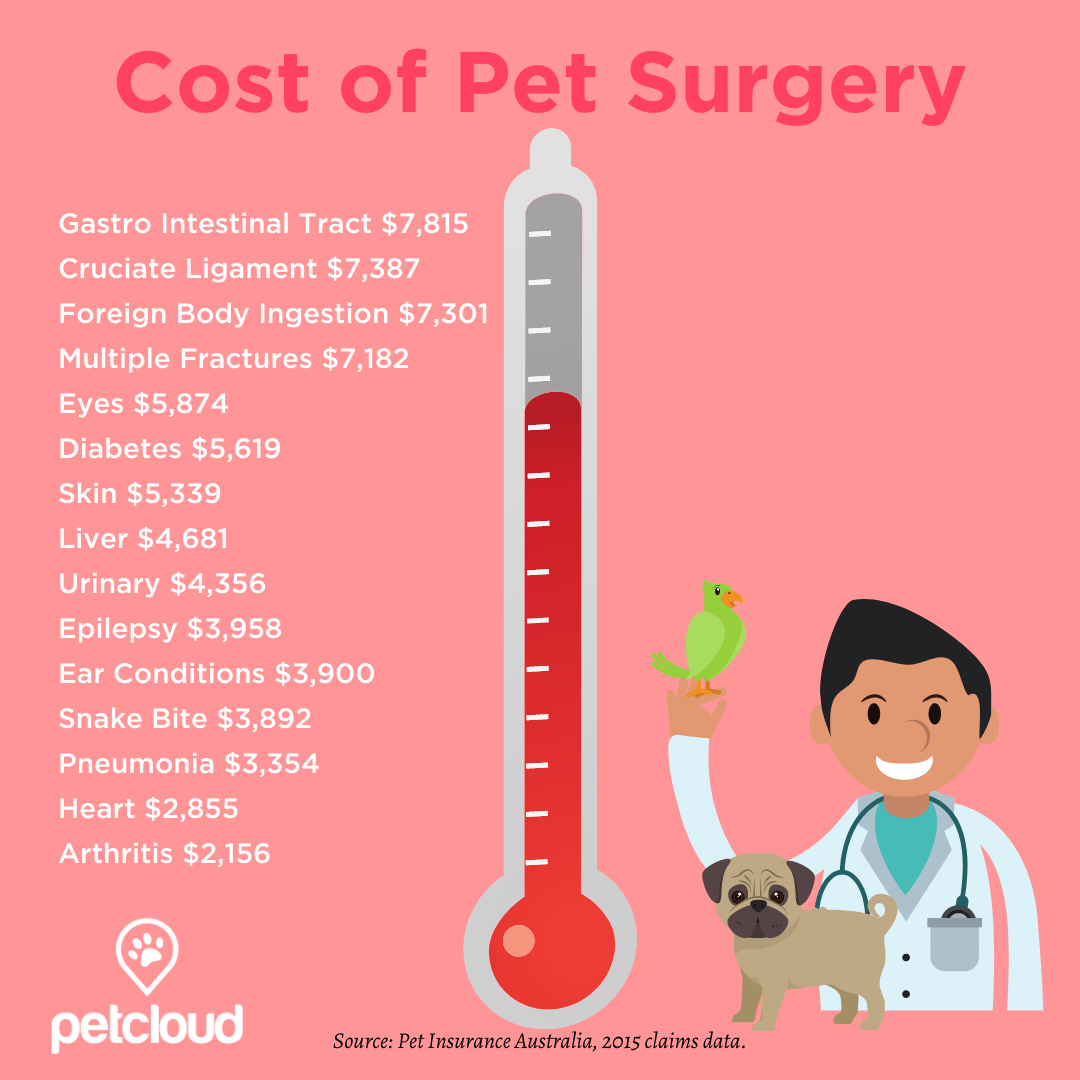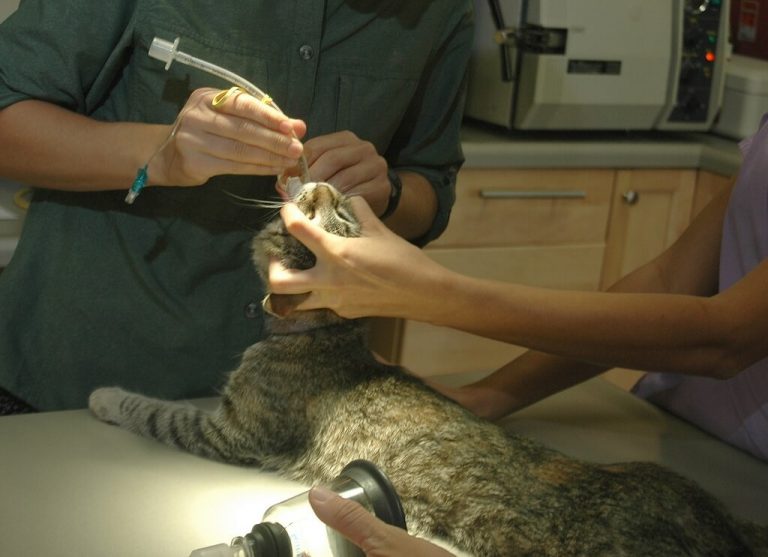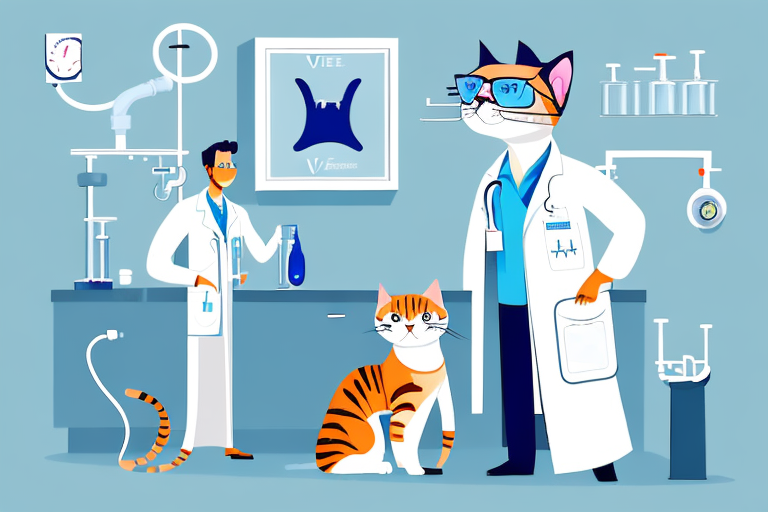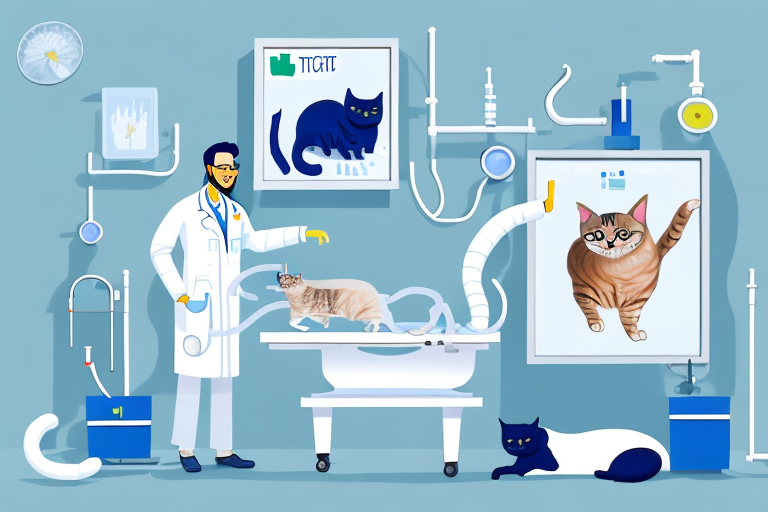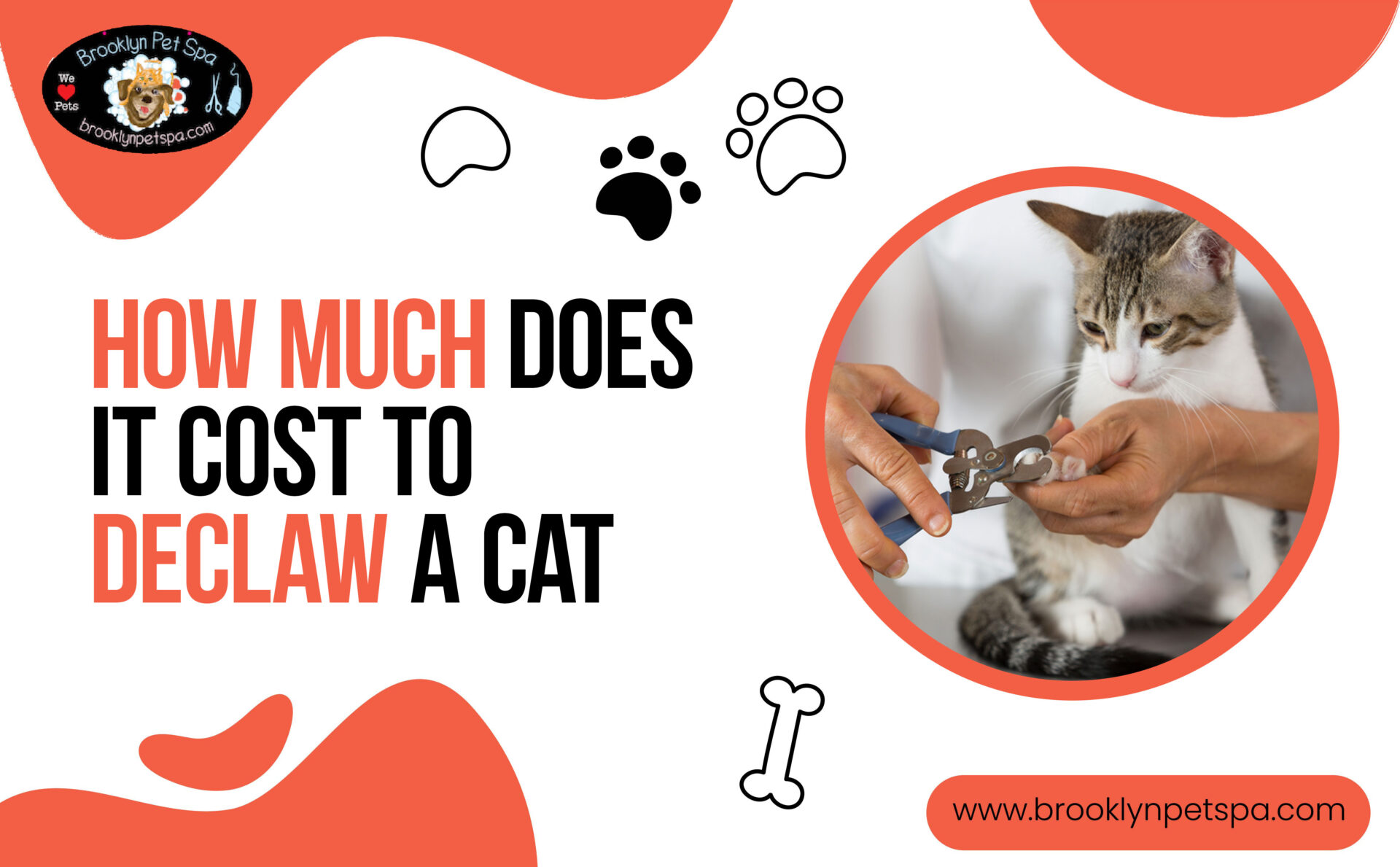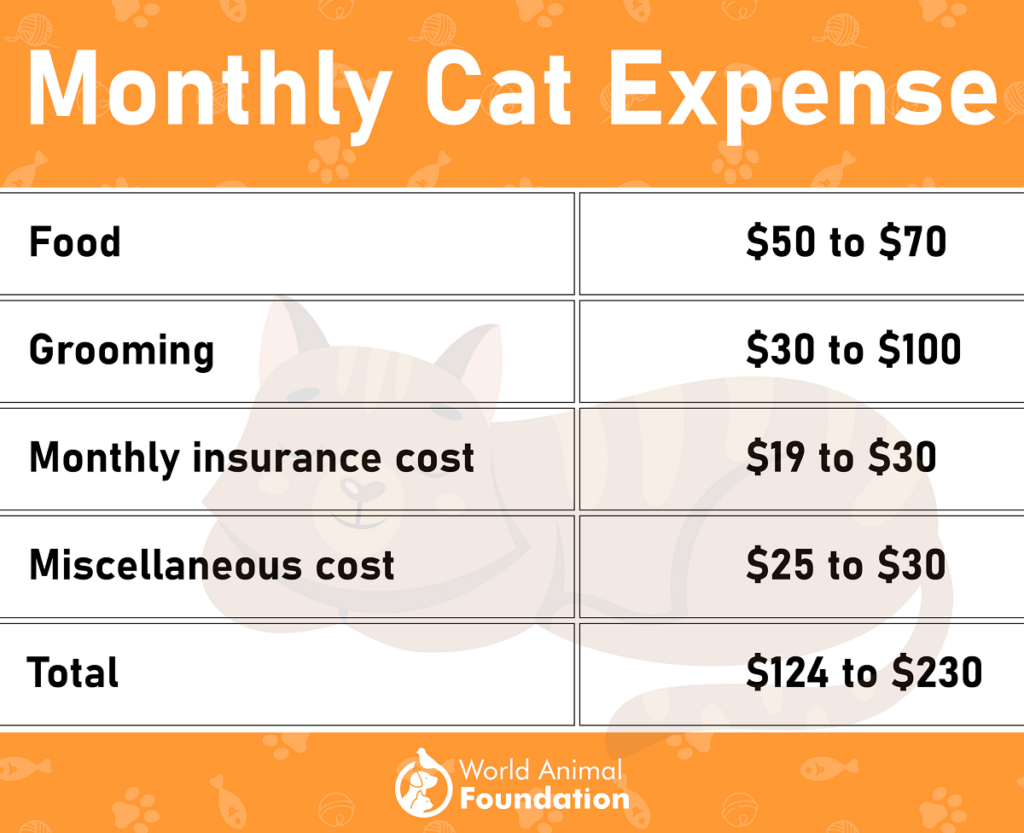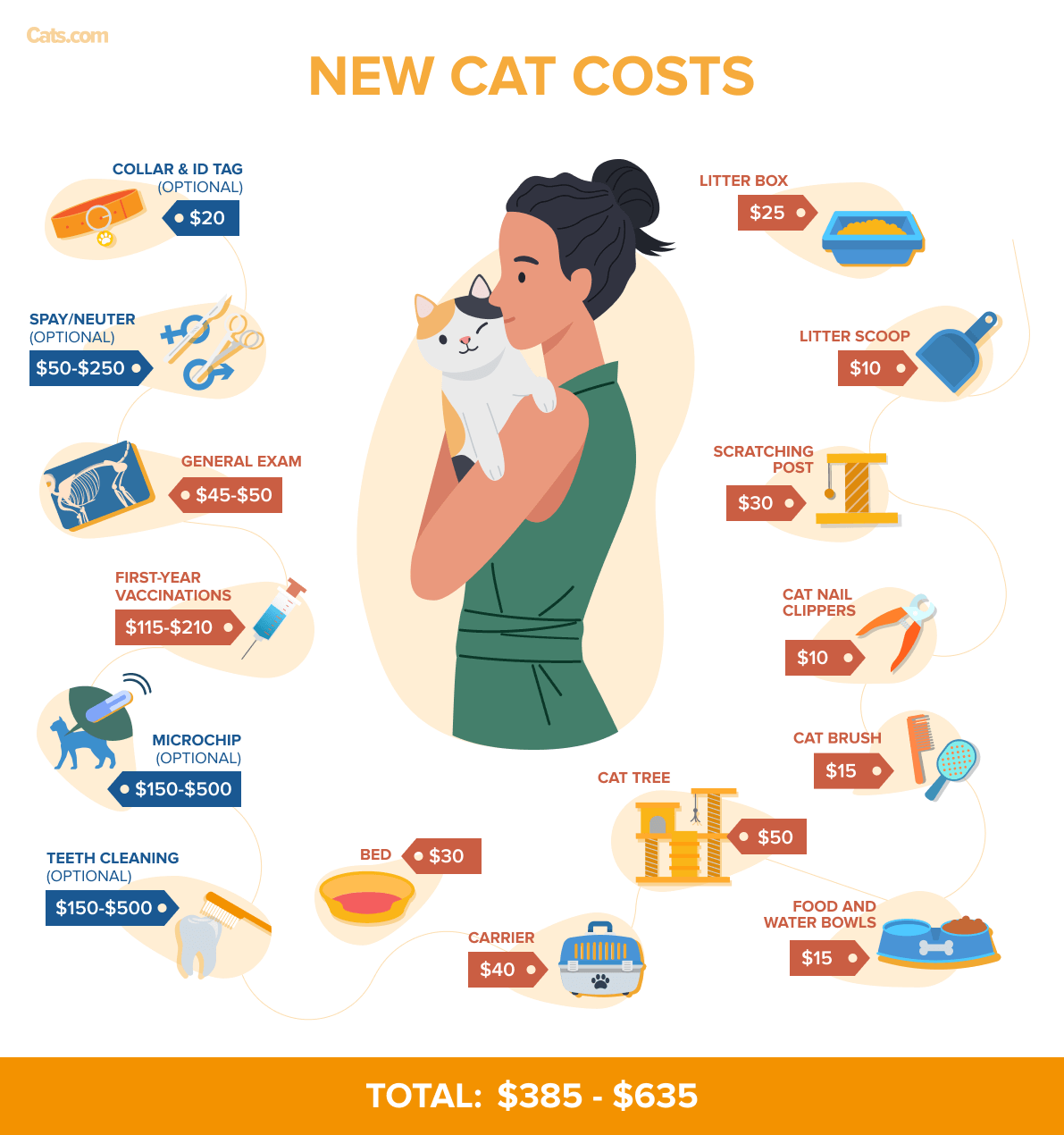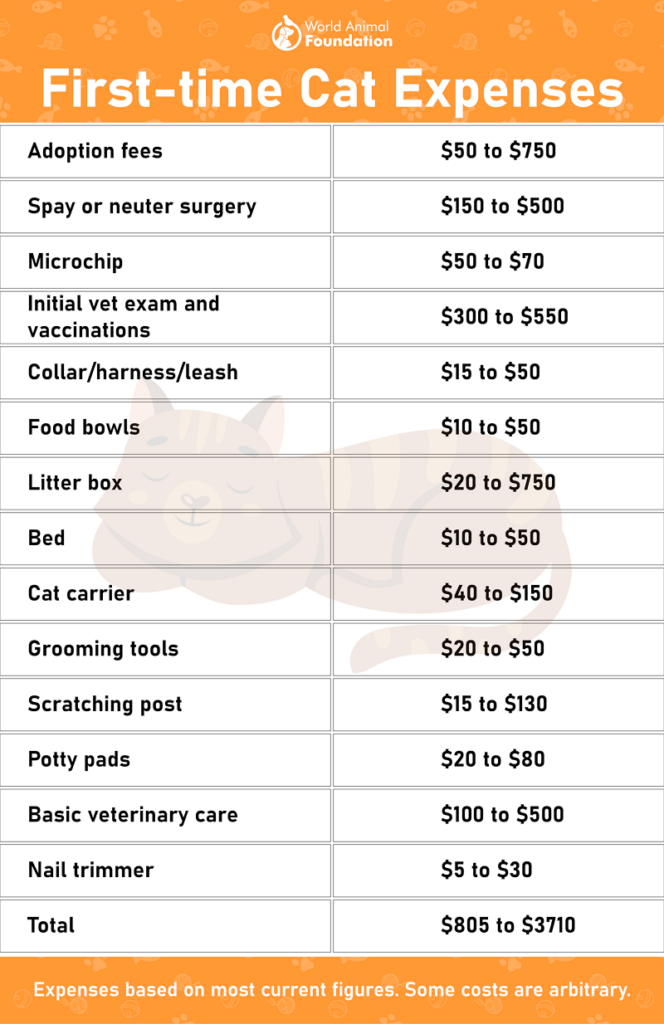How Much Does It Cost For Cat Surgery
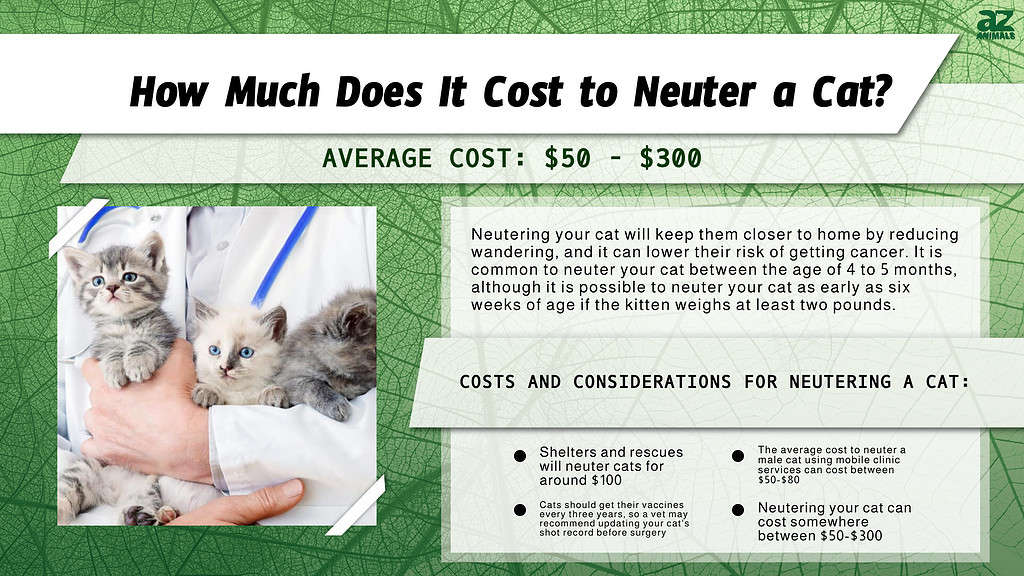
Imagine your feline friend, Whiskers, usually a whirlwind of playful energy, is suddenly subdued. Her bright eyes are clouded with discomfort, and she’s favoring her left leg. A trip to the vet confirms your worst fear: surgery is needed.
The immediate concern, after Whiskers' well-being, shifts to a practical one: how much will this cost? Understanding the financial landscape of cat surgery can feel daunting. This article aims to shed light on the average costs of common procedures, factors influencing these expenses, and available resources to help manage veterinary bills.
Common Cat Surgeries and Their Costs
The price of cat surgery varies dramatically depending on the procedure’s complexity and the clinic’s location. According to a 2023 report by the American Animal Hospital Association (AAHA), routine procedures like spaying or neutering typically range from $200 to $500. This depends if you are seeking care from a low-cost spay and neuter clinic or a private veterinary hospital.
More complex surgeries, such as those involving broken bones or internal organ issues, can quickly escalate. For instance, fracture repair can cost anywhere from $800 to $4,000, potentially even higher depending on the severity and if a specialist is involved.
Surgeries to remove bladder stones or tumors often fall within the $1,000 to $5,000 range, requiring specialized equipment and aftercare.
Factors Influencing Surgical Costs
Several factors influence the overall cost of cat surgery. Location is a major driver, with urban areas generally having higher prices than rural ones due to increased overhead costs for veterinary practices.
The type of facility also plays a role. A general practice veterinarian will typically charge less than a board-certified specialist. Specialist have received advanced training in fields such as surgery or internal medicine.
The complexity of the surgery is another crucial factor. A straightforward spay/neuter will cost less than a intricate orthopedic procedure requiring specialized implants.
Anesthesia, pain medication, and post-operative care contribute to the overall expenses. These are crucial for your cat's comfort and recovery.
Financial Assistance and Planning
The prospect of a hefty veterinary bill can be stressful. Thankfully, several resources are available to help cat owners manage these costs. Pet insurance is becoming increasingly popular, covering a significant portion of surgical expenses depending on the policy.
Organizations like The Pet Fund and RedRover provide financial assistance to pet owners facing emergency veterinary care. They often offer grants or loans.
Many veterinary clinics offer payment plans or accept financing options like CareCredit, allowing owners to spread out payments over time. Communicating openly with your veterinarian about your budget can lead to finding manageable solutions.
Preventive care plays a vital role in reducing the likelihood of needing surgery in the first place. Regular check-ups, proper nutrition, and maintaining a safe environment can help prevent injuries and illnesses.
Open communication with your veterinarian is key. They can provide a detailed estimate before the procedure, outlining all anticipated costs. They can also discuss alternative treatments, though these may not always be the most effective option.
Choosing the right course of action involves balancing your cat’s needs with your financial capabilities. The initial shock of the estimated cost can be overwhelming, but remember that your veterinarian is there to help you make the best possible decision for your beloved companion. Seeking out financial aid or considering payment plans can help relieve some of the pressure.
